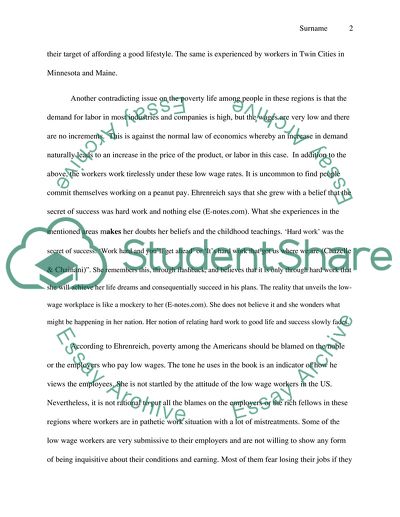Cite this document
(“Life of the Poor in the US according to Nicket And Dimed Essay”, n.d.)
Life of the Poor in the US according to Nicket And Dimed Essay. Retrieved from https://studentshare.org/literature/1589745-researched-argument-essay
Life of the Poor in the US according to Nicket And Dimed Essay. Retrieved from https://studentshare.org/literature/1589745-researched-argument-essay
(Life of the Poor in the US According to Nicket And Dimed Essay)
Life of the Poor in the US According to Nicket And Dimed Essay. https://studentshare.org/literature/1589745-researched-argument-essay.
Life of the Poor in the US According to Nicket And Dimed Essay. https://studentshare.org/literature/1589745-researched-argument-essay.
“Life of the Poor in the US According to Nicket And Dimed Essay”, n.d. https://studentshare.org/literature/1589745-researched-argument-essay.


